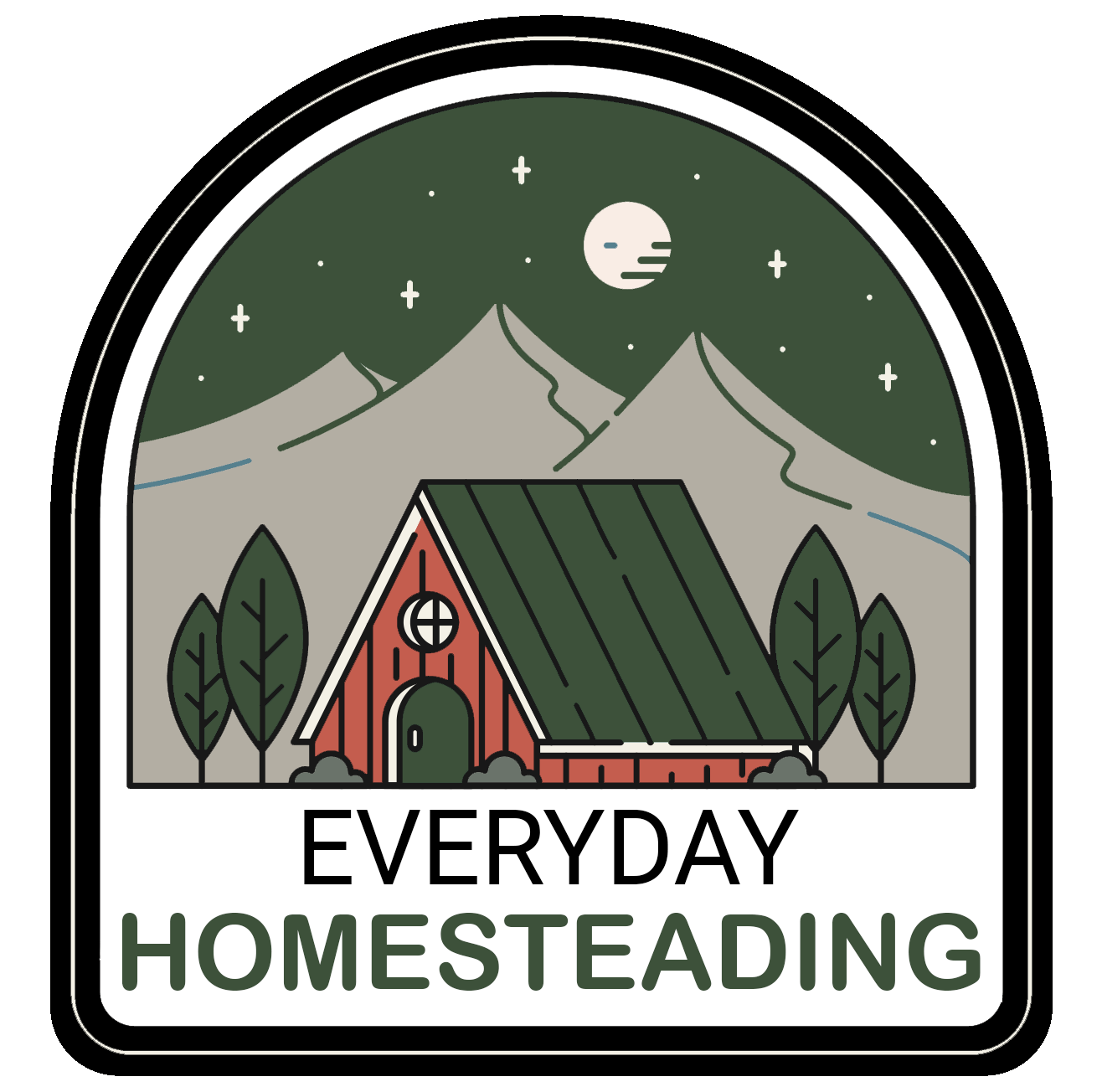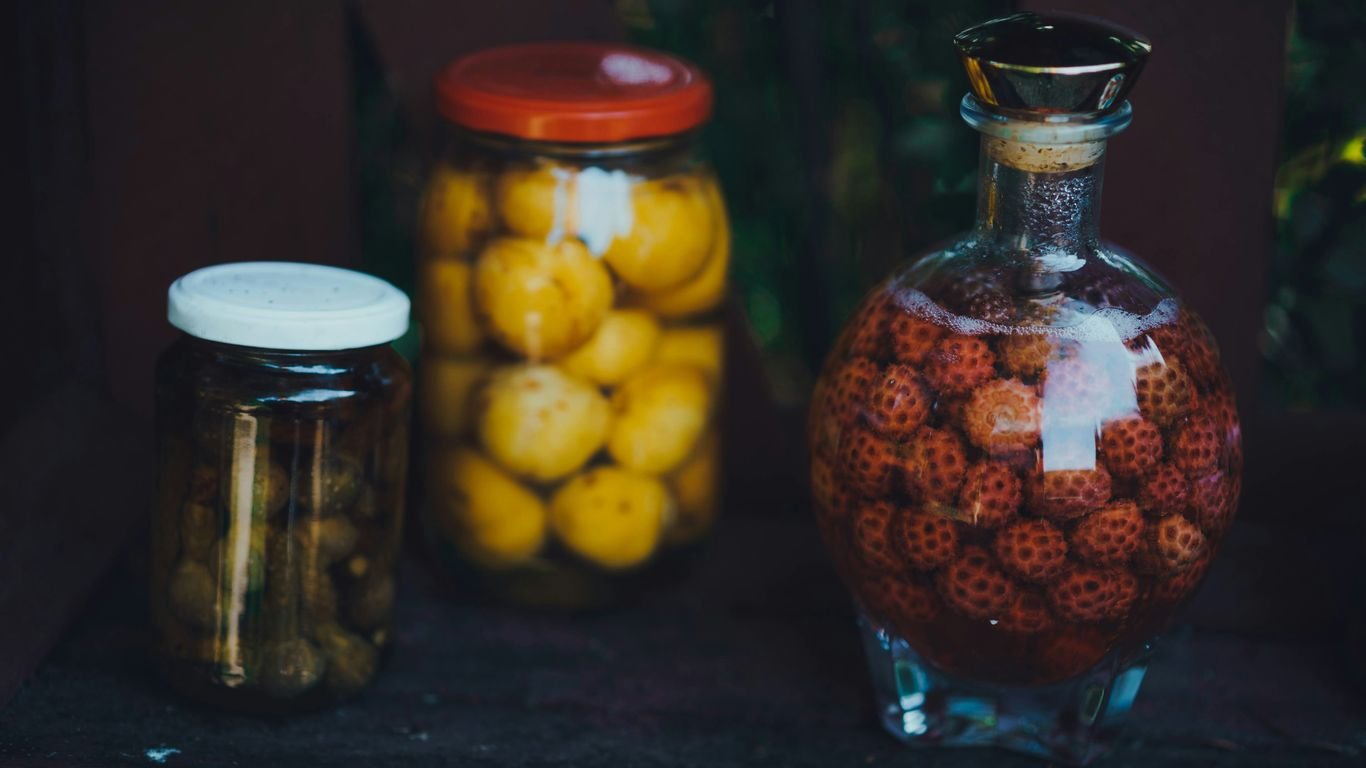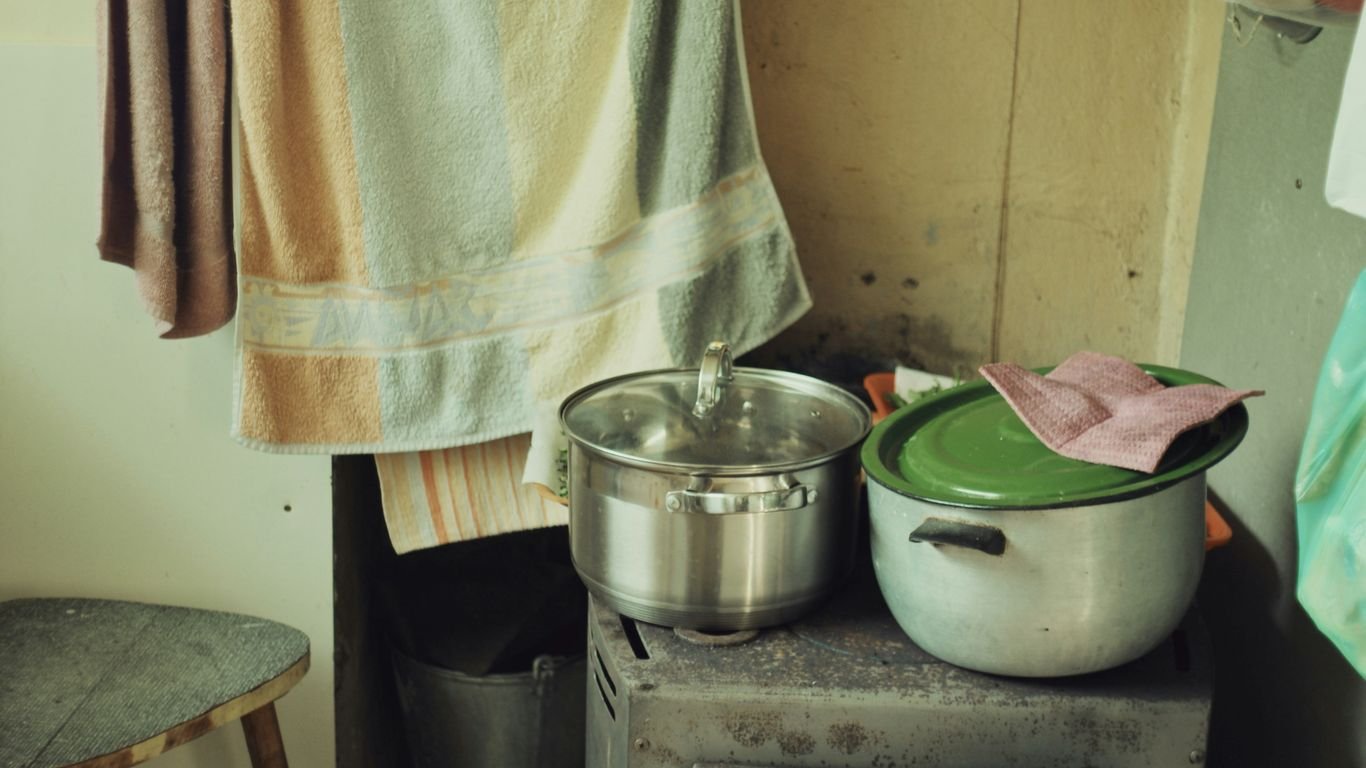January Canning Calendar: Preserving Stored Produce and Winter Crops

As the calendar flips to January, we’re looking at a great time to get our canning plans in order. While the garden might be sleeping, our pantries are full of stored goodies and the first hints of winter crops are appearing. It’s the perfect moment to review last year’s efforts, check our supplies, and get excited about the preserving year ahead. We’ll use this time to set ourselves up for success, making sure we have everything we need to capture the best flavors throughout the seasons.
Key Takeaways
- January is an ideal time to plan your canning year, review past successes, and assess your supply needs before the busy growing season begins.
- Winter months offer opportunities to preserve citrus fruits like oranges and lemons into jams and marmalades, and to process stored root vegetables and hardy greens.
- Before diving into new projects, it’s important to take stock of your canning supplies, checking jars and bands, and stocking up on essential lids and rings.
- Planning your canning wish list should focus on what your family actually eats, ensuring you preserve staples and consider versatile recipes.
- Adapting your canning plans to your local harvest and reliable recipes is key to a successful and enjoyable preserving year.
Getting Ready For The Canning Year
As the calendar flips to January, it’s the perfect time to pause and think about the year of preserving ahead. We’ve just finished enjoying the fruits (and veggies!) of last season, and now we get to plan for what’s next. It’s a bit like looking back at old photos to remember the good times, but with a practical twist.
Reviewing Last Year’s Canning Successes
Before we jump into new plans, let’s take a moment to reflect on what worked and what didn’t last year. Did that batch of peach jam turn out perfectly? Were the pickled green beans a hit? Jotting down notes about your successes is super helpful. It’s easy to forget the little details, and having a record helps you repeat those wins. We also need to be honest about the less successful attempts. Maybe a recipe didn’t quite hit the mark, or perhaps we ended up with way too much of something nobody really ate. It’s better to acknowledge that now and make a note to avoid it next time, rather than letting it take up precious pantry space.
If a particular canned item wasn’t a favorite, it’s best to deal with it right away. Either use it up, share it, or compost it. Don’t let it linger, or it might just become a scary, forgotten jar in the back of the pantry.
Taking Stock Of Your Supplies
Now that we’ve reviewed, it’s time to get practical. Let’s check our canning supplies. Are all our jars accounted for and in good condition? Any chips or cracks mean they can’t be used for recipes requiring a seal, but they can still be handy for dry goods storage. We also need to check our bands – are they rusty? We’ll want to make sure we have enough of everything before the busy season hits. It’s also a good time to check on things like pickling salt, pectin, or citric acid. Running out of a key ingredient mid-process is a real bummer, and often, stores are out when everyone else suddenly needs them too.
Planning Your Canning Wish List
This is where the fun really begins! What do we want to preserve this year? Think about what your family actually eats. It’s tempting to can every beautiful recipe you see, but it’s more practical to focus on staples. For instance, canning plain crushed tomatoes is often more versatile than canning a specific pizza sauce. You can always add seasonings later, but you can’t easily un-season something. We can look through cookbooks and trusted websites for inspiration. It’s a good idea to mark down recipes you want to try, but also consider if you’ll be able to get the produce needed, perhaps from a local farmer’s market. Planning ahead helps us make the most of seasonal produce.
Here’s a quick look at what we might consider:
- Fruits: Jams, jellies, pie fillings, or simply preserved whole fruits.
- Vegetables: Pickled items, relishes, sauces, or plain vegetables.
- Other: Soups, broths, or even dried herbs.
Our goal is to create a list that balances what we love to eat with what we realistically need for the year.
January’s Preserving Opportunities

Even though it’s cold outside and the garden is mostly sleeping, January is actually a fantastic time to get a head start on preserving. We can take advantage of the citrus that’s in season and also think about preserving some of those hardy winter vegetables that might still be hanging around or are readily available.
Citrus Fruits For Jams And Marmalades
January is prime time for citrus! Oranges, grapefruits, lemons, and limes are usually at their best, offering a bright, tangy flavor that’s perfect for preserving. We love making marmalades and jams because they capture that zesty goodness. It’s a great way to bring a little sunshine into our kitchens during these darker months.
- Orange Marmalade: A classic for a reason. The slight bitterness of the peel combined with the sweet juice is just unbeatable.
- Grapefruit Marmalade: A bit more sophisticated, with a lovely tartness.
- Lemon Curd: While not technically a jam, lemon curd is a wonderful way to preserve lemons. It’s rich, creamy, and perfect for tarts or spreading on toast.
- Mixed Citrus Jam: Don’t be afraid to combine different citrus fruits for a unique flavor profile.
Winter Vegetables To Preserve
While many of us are eating our stored root vegetables, there might still be some hardy greens or late-season crops available. If you’re lucky enough to have things like cabbage, leeks, or kale still in good shape, or if you can find them at a good price, consider preserving them. We often think of canning summer veggies, but winter ones have their place too!
- Sauerkraut: Cabbage is incredibly hardy and makes fantastic sauerkraut. It’s a simple fermentation project that yields a probiotic-rich food.
- Pickled Beets: If you have stored beets, pickling them is a great way to enjoy them in a new way. They add a lovely color and tang to salads or as a side dish.
- Freezing Greens: Hardy greens like kale or collards can be blanched and frozen for later use in soups, stews, or smoothies.
Stocking Up On Canning Essentials
January is also the perfect time to take stock of our canning supplies. Before the rush of spring planting and summer harvests begins, we want to make sure we have everything we need. Running out of lids or jars mid-process is a real bummer!
- Check Jars: Make sure all your jars are free from chips or cracks. We usually give them a good wash and inspect them.
- Lids and Bands: This is the time to buy new lids. Bands can often be reused if they aren’t rusty, but lids are a one-time use item.
- Other Supplies: Think about things like pectin, citric acid, vinegar, and any spices you might need for your recipes.
January might seem quiet on the preserving front, but it’s actually a strategic time. We can use the slower pace to process citrus, preserve any lingering winter produce, and get our supplies in order so we’re ready for whatever the canning year throws at us.
Beyond January: Looking Ahead

Early Spring Produce Ideas
As we wrap up our January canning, our minds naturally start to drift towards what’s coming next. Even though it’s still chilly outside, early spring is just around the corner, and with it comes a whole new set of possibilities for our canning jars. We’re talking about those first tender greens like spinach and arugula, which are perfect for quick preservation or enjoying fresh. Asparagus and rhubarb will be showing up soon too. While asparagus is fantastic for canning or pickling, rhubarb is a star in jams and preserves, especially when paired with strawberries. We should start thinking about what we want to plant to ensure a good harvest for these early spring crops.
Preparing For Peak Harvest Season
Looking further ahead, we need to prepare for the main event: the peak harvest season. This is when our gardens and local markets will be overflowing with an abundance of fruits and vegetables. It’s wise to have a plan for how we’ll handle the bounty. Think about what you and your family eat the most of throughout the year. Do you go through a lot of tomato sauce? Or maybe you love having homemade pickles on hand? Planning now helps us make the most of the summer and fall harvests. We can start sketching out our canning calendar, noting which months are best for specific items like berries, peaches, corn, and tomatoes. This foresight means less waste and more delicious preserved food.
Seasonal Eating Throughout The Year
Ultimately, our goal with canning is to enjoy the flavors of every season, all year long. By preserving the peak-season produce, we’re not just stocking our pantries; we’re creating a sustainable way to eat. It means we can have sun-ripened tomatoes in the dead of winter or enjoy the sweetness of summer berries in the spring. It’s about connecting with the rhythm of nature and making sure we have healthy, homemade food available whenever we want it. This year-long approach to preserving ensures we’re always eating well, no matter the weather outside.
Essential Canning Supplies

Before we get too deep into planning our canning year, we need to make sure our pantry is stocked and our equipment is in good shape. It’s no fun to have a bumper crop of tomatoes only to realize you’re out of lids or your jars have chips. Taking a little time now to check everything over will save us a lot of headaches later.
Checking Your Jars And Bands
Our jars are the backbone of our canning efforts, so we need to give them a good once-over. Look for any cracks or chips, especially around the rim. A damaged jar can compromise the seal, and we definitely don’t want that. If you find any that are less than perfect, set them aside for other kitchen uses like storing dry goods or leftovers. The metal bands that hold the lids in place can rust over time. Give them a quick check for any significant rust or dents that might prevent them from tightening properly. We want them to be sturdy and reliable.
Stocking Up On Lids And Rings
Lids are a one-time use item, so we always need to have plenty on hand. It’s a good idea to check our inventory and buy new ones as needed. You can find a wide variety of canning supplies online or at local stores that carry home goods. Don’t forget about the rings, either, though they can be reused if they’re in good condition. Having a surplus of lids means we won’t be caught short when that unexpected harvest comes in.
Gathering Pantry Staples
Beyond the jars and lids, there are other bits and bobs we’ll need. Think about things like pickling salt, pectin for jams, and citric acid, especially if we’re canning low-acid foods. Sugar is another big one for many recipes. It’s much easier to buy these things when we’re not in a rush. Running out of a key ingredient mid-canning session is frustrating, and sometimes stores can be unexpectedly bare. Having a good stock of these pantry staples means we can focus on the produce when the time comes.
It’s always a good idea to keep an inventory of what you have. This helps prevent overbuying and ensures you know exactly what you need before heading to the store. A simple spreadsheet or a notebook works wonders for tracking your canning supplies and pantry items.
Making Your January Canning Calendar Work
So, we’ve talked about what we can be canning in January, but how do we actually make this whole canning calendar thing work for us? It’s not just about following a strict schedule; it’s about making it fit our lives and what we actually use.
Adapting To Your Local Harvest
First off, that calendar we’ve been looking at? It’s a general guide, not a rigid rulebook. Where we live matters a lot! If you’re in a warmer climate, your citrus might be abundant longer, or maybe you have access to different winter crops. We need to pay attention to what’s actually available locally. Sometimes, checking with local farmers’ markets or even just observing what’s growing well in our own gardens is the best way to figure out what’s ripe for preserving. Don’t be afraid to swap things around based on what you can get your hands on.
Prioritizing What Your Family Eats
This is a big one. We can preserve all sorts of things, but if nobody in our house likes pickled beets, then canning a ton of them is just… well, a waste of time and jars. We should really focus on what our family actually eats and enjoys throughout the year. Think about your favorite meals and snacks. Do you go through a lot of applesauce? Love having homemade salsa on hand? Make a list of those go-to items. Planning around our family’s preferences means our preserved food actually gets eaten and appreciated. It’s better to have fewer jars of things we love than a pantry full of things that just sit there.
Finding Reliable Canning Recipes
Once we know what we want to can and roughly when, we need good recipes. Not all recipes are created equal, and when it comes to canning, safety is super important. We don’t want to mess around with that. It’s a good idea to stick to recipes from trusted sources. Think about:
- University extension websites (they often have tested, safe recipes).
- Reputable canning books that have been around for a while.
- Well-known canning bloggers who clearly state their tested methods.
It’s also helpful to keep a little notebook or a digital file where we jot down notes about the recipes we try. Did it turn out great? Was it too sweet? Did it take way longer than expected? This helps us refine our choices for next year.
We should always remember that canning is a process that takes time and effort. Making a plan that fits our specific circumstances, focuses on what we’ll actually consume, and uses reliable recipes will make the whole experience much more rewarding and less overwhelming. It’s about working smarter, not just harder, to fill our pantries with delicious, homemade goodness.
Wrapping Up Our Canning Journey
So, we’ve walked through the year, from planning in the quiet of winter to the busy harvest months. It’s a cycle, really. We put up the summer’s bounty, and then we enjoy it while we plan for the next round. Don’t get discouraged if things don’t go perfectly; sometimes the garden has its own ideas, or maybe you get a surprise windfall of produce. The main thing is to keep learning and adapting. We hope this calendar gives you a good starting point for your own preserving adventures. Happy canning, and here’s to a pantry full of deliciousness all year long!
Frequently Asked Questions
Why should we plan our canning in January?
January is a great time to get organized for the year of canning ahead. We can review what worked last year, check our supplies, and start thinking about what we want to preserve. It’s like making a roadmap for our kitchen so we’re ready when the first harvests arrive.
What kind of produce can we can in January?
While it’s winter, we can still find delicious citrus fruits like oranges and lemons. These are perfect for making zesty marmalades and curds. We can also look for any remaining stored root vegetables or hardy greens that might still be good.
How do we know what recipes to choose?
We should pick recipes for foods our family actually enjoys eating. It’s also smart to start with simpler recipes, like plain crushed tomatoes instead of a fancy sauce. This way, we know we’ll use everything we preserve. We can also look at what’s in season locally.
What supplies do we need to check in January?
It’s important to look over our canning jars and lids. We need to make sure none of the jars are chipped, as those can’t be used for canning that requires a seal. We also need to check if we have enough new lids and rings, and any special ingredients like pectin or citric acid.
What if we have a lot of one type of produce?
If we end up with more of something than we planned, like zucchini in the summer, we should deal with it right away. We can compost it or give it away if we don’t like it. Letting unwanted food sit around just makes it harder to use later.
How do we make our canning plan work for us?
The best way is to be flexible! Our plan is a guide, not a strict rule. We should adapt it based on what’s available from our garden or local markets, and what our family truly eats. If a recipe is a big hit, we write it down so we can make it again next year.






